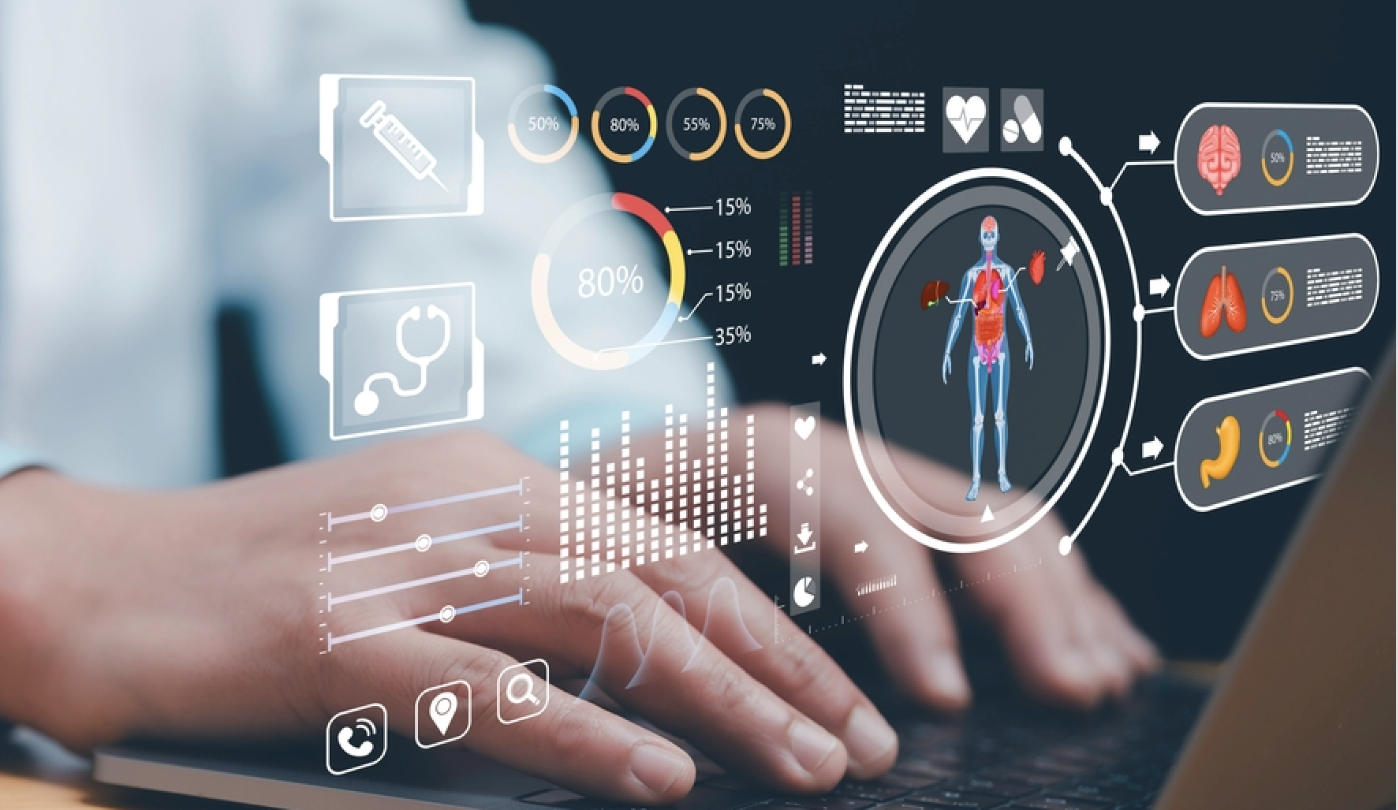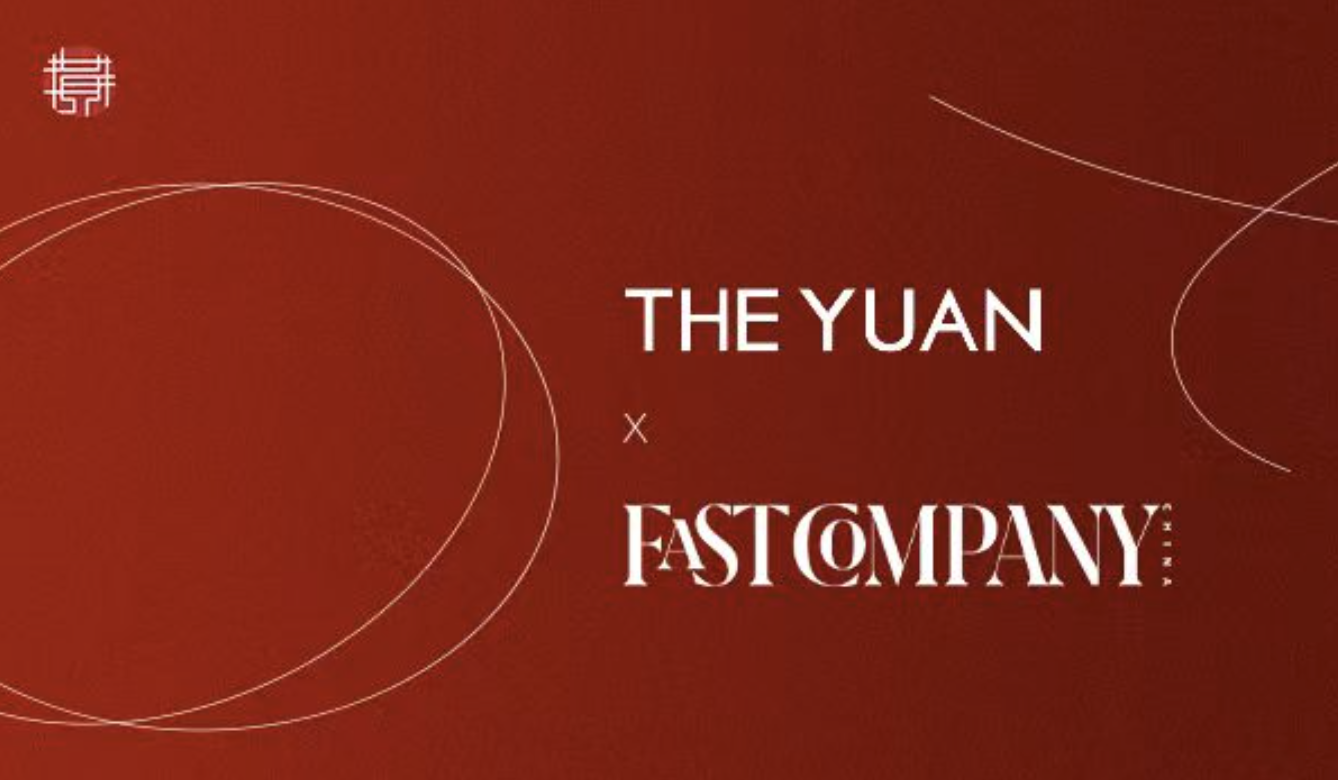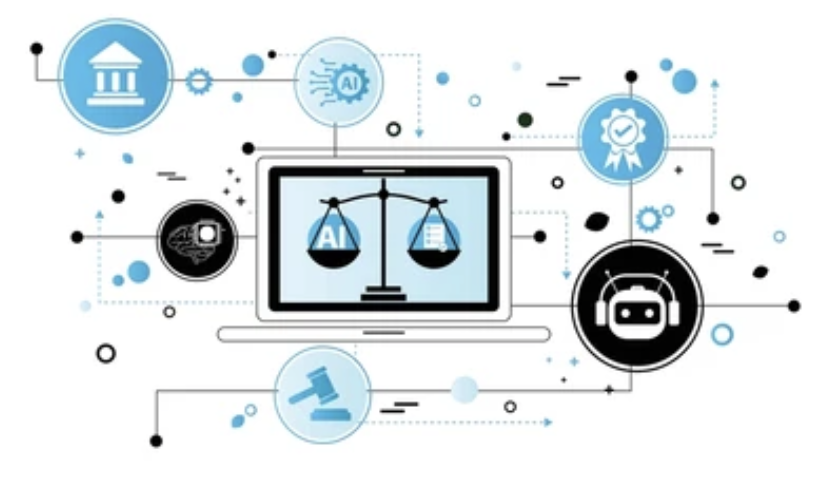


WASHINGTON, DC - Developing and implementing clinical machine learning (ML) tools are two related but different activities, and this is especially profound when a clinical ML tool can save lives. Clinical decision support tools (CDS) were introduced to clinical workflows over 10 years ago, and the Health Information Technology for Economic and Clinical Health (HITECH) Act of 2009 served as a catalyst for their use in United States healthcare delivery.6 CDS are typically integrated into the electronic medical record (EMR) system as an on-screen tool designed to improve adherence of clinicians to a recommended process of care.10 ML has recently been explored as a way to improve the way CDS identify high risk cases of acute conditions. For one acute condition, sepsis, some hospital systems have implemented ML-driven CDS tools, which have guided clinical interventions for high-risk cases and are thought to have saved lives.
One health system implemented an ML-driven clinical decision support (CDS) tool to predict whether an intensive-care unit patient might be at high risk for developing sepsis - the body’s extreme immune reaction to an infection, which can be fatal. Use of the system has saved an estimated 8,000 lives over five years in one health system.1,2 This is just one health system, and multiple ones have implemented ML-driven early CDS for the disorder. Startup Bayesian Health, founded by Dr Suchi Saria of the Malone Center for Engineering and Healthcare at Johns Hopkins University in Maryland, is one group that has developed its own using electronic medical record (EMR) data and evaluated the efficacy of the tool across academic and community hospitals within the Johns Hopkins Health System (with approval from the Institutional Review Board at Johns Hopkins University).3,4
Bayesian Health’s Targeted Real-time Early Warning System (TREWS) was designed f
The content herein is subject to copyright by The Yuan. All rights reserved. The content of the services is owned or licensed to The Yuan. Such content from The Yuan may be shared and reprinted but must clearly identify The Yuan as its original source. Content from a third-party copyright holder identified in the copyright notice contained in such third party’s content appearing in The Yuan must likewise be clearly labeled as such. Continue with Linkedin
Continue with Linkedin
 Continue with Google
Continue with Google







 912 views
912 views










